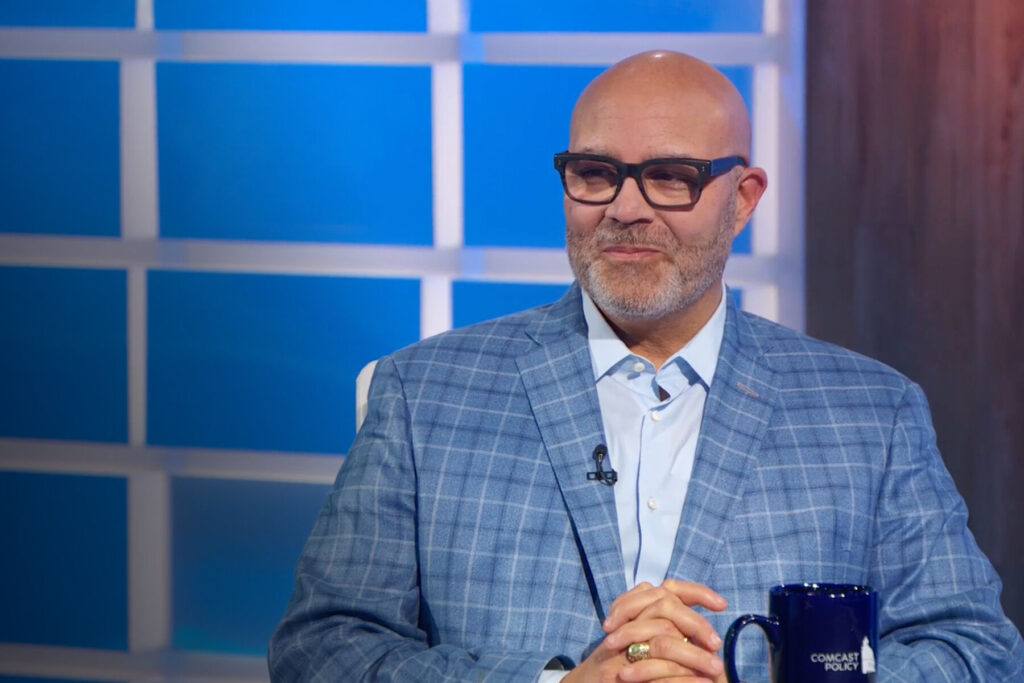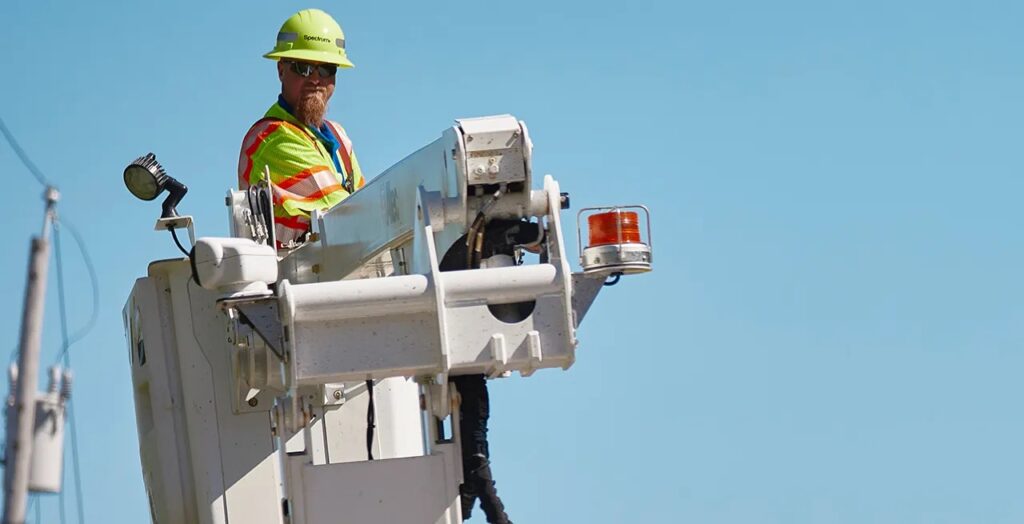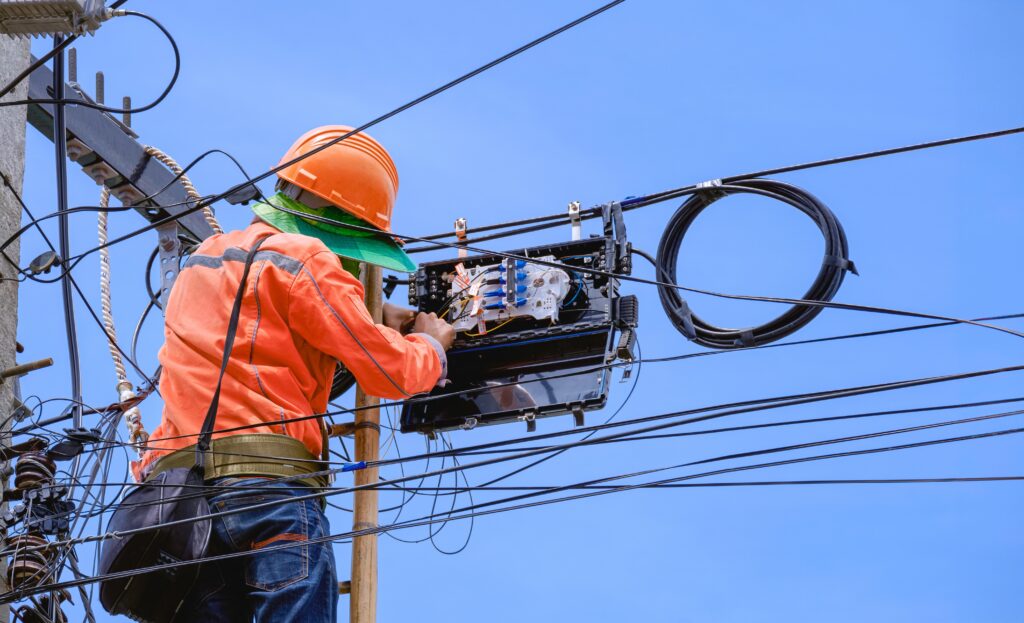In most cases, the way that students learn today is completely different than how they received classroom instruction, or did their homework, from even just five years ago. Internet expansion and the rise of digital devices inside and outside of the home have led to new ways of learning in schools, and its also given people who live in the most remote regions of the country the opportunity to learn from experts through distance learning. Cable broadband providers have invested more than $275 billion over the past 20 years to upgrade connectivity and improve internet access, and education is an area where it has made a profound impact.
A new whitepaper released by CTAM examines how cable companies are supporting millions of students, teachers and communities by providing them with the fiber connectivity needed to improve education through digital learning experiences. The report highlights research from EducationSuperhighway, which found that, “More than 39 million students, 2.6 million teachers and 74,000 schools have been connected,” while 88 percent of schools report having sufficient Wi-Fi in their classrooms. With each passing year, more bandwidth and capacity are needed to provide people, and especially the nation’s students, with robust networks that can deliver optimal learning experiences, and cable companies are fulfilling those needs in several different ways.

As highlighted in the report, here are just a few examples of how America’s ISPs are impacting education for millions of students, and preparing schools for the future:
Last year, Altice used its existing fiber network to connect 47 schools in New Jersey in addition to the 60 schools that were already connected to fiber. The ISP already had the fiber networks in place in close proximity to school buildings, making it possible to expand its coverage to more schools.
Cox provides a centralized media access network for educators where they can find photographs, graphics and live applications for use in the classroom, helping to streamline the process for teachers by cutting out the need to find physical media resources and devices that supplement instruction.
Meanwhile, Spectrum gives its teachers access to a 1 Gbps fiber network that utilizes cloud-based resources such as Google Apps for Education after it upgraded the network from 50 Mbps.
In Washington, Comcast serves as the main provider for Washington Education Network, a 500-site network that links colleges, universities, school districts and libraries across the state. The network is supported by two 100 gigabit fiber circuits which were built to accommodate future expansions as demands increase and technology needs evolve.
And in Iowa, Mediacom is revolutionizing how students learn through its Gigabit + fiber network initiative, which supplies the necessary bandwidth to utilize virtual-reality technology. Schools are already using VR to give students immersive learning experiences.

For more info, see CTAM’s “Education At the Speed of Fiber” paper.









